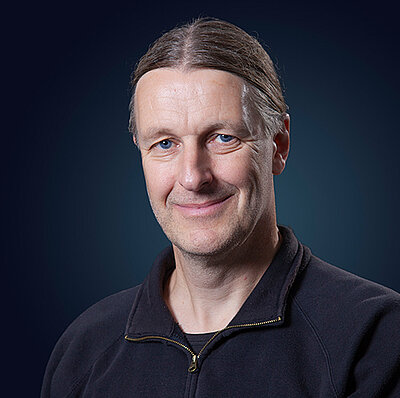Automatic digital building modeling from heterogeneous data sources under consideration of their quality characteristics – ADIBAMOD-Q
The project ADIBAMOD-Q deals with the development of methods for an automated generation of digital building models from heterogeneous data sources towards a parametric associative building information modeling (BIM).
A digital twin is a dynamic digital representation of an object and is intended to represent its behavior in the real world. The representation of the current and prediction of future states of the object is done by a combination of different data resources as well as by integrating intelligent data analysis, such as AI, machine learning, in combination with digital models, e.g. BIM.
An essential step in the generation of digital twins is the digital modelling of the building geometry. However, for the majority of existing structures, only 2D drawings and text documents are available in printed form and/or in CAD formats, which in addition are often inaccurate, incomplete or even erroneous. Meaningful analyses based on these documents as well as an update of these data over the entire life cycle of the structure are hardly possible. In addition, missing or erroneous building data lead to inefficient decision-making processes in management and/or emergency response. Thus, there is an urgent need for efficient approaches for automated acquisition and digitization of existing structures, under consideration of inaccurate, incomplete and to some extent also erroneous data sources.
One of the challenges in the development of an automated BIM generation is the integration of heterogeneous data from different sources. Measured data include, for example, images from photogrammetric surveys and/or 3D point clouds from measurements with laser scanners (LIDAR data). In addition, existing 2D and 3D CAD models or 2D site plans have to be considered. Thus, data sources with different uncertainties have to be integrated for the generation of BIM models.
The integration of different types of data with different stochastic properties is a central task in many geodetic problems. Frequently, measurement data from different sources are used for the determination of geometric parameters by means of a least squares adjustment. Algorithmic approaches for the determination of variances of single data groups, robust adjustment strategies for the identification of erroneous data or regularized solutions are established methods in geodesy. These mathematical approaches are to be extended for processing heterogeneous information and measurement data for building modelling, whereby the stochastic information is to be used for drawing conclusions in the further modelling process.





